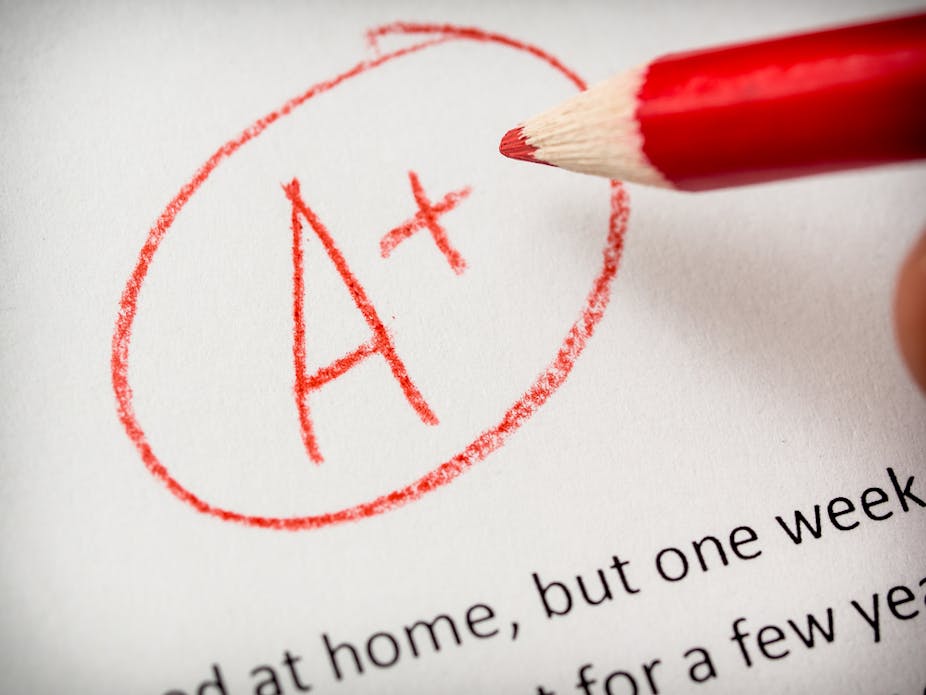Commonly used A to E grades in schools may not be serving all students well, or telling the whole story of progress. It’s time to review how we measure students’ learning - that doesn’t mean abandoning grading altogether, but rather recognising that age-based grading systems don’t give us all the answers.
What’s wrong with letter grades?
Surely a teacher’s job is to teach the curriculum appropriate to the year level, the task for students is to learn that curriculum, and the role of assessment is to judge how well students have learnt what they have been taught – and to grade them accordingly. What could be simpler? We grade the outputs of other production processes for their quality, why should learning be any different?
The reason is that the annual competition for A to E grades does not begin with a level playing field. At the beginning of each school year, students are already spread over a wide range of achievement levels. In subjects such as reading and mathematics, the least advanced 10% of students start each school year about five to six years behind the most advanced 10% of students.
What this means in practice is that many students begin the school year already on track to receive a low grade. The relative positions of students within an age cohort are relatively stable over time. The best predictor of success in later years of schooling is success in the earlier years.
It was possible to turn a blind eye to this situation when we believed that there were good learners and poor learners, and we used tests to distinguish “bright” children from those “destined” for low-skilled jobs. Today, of course, Australia’s labour market requires highly skilled workers. And research into learning shows that most, if not all, children are capable of learning successfully. We no longer put limits on what individuals can learn, given sufficient time, motivation and appropriate opportunities.
Although some children may be tracking five to six years behind others, they are still capable of making good personal progress. In fact, research evidence show less advanced students often make greater year-on-year progress than students who begin the school year well ahead.
Rather than recognising the progress that individuals make, A to E grades judge all students against the same age-based expectations. A student who receives a D year after year is usually unable to see the progress they are making and, worse, may conclude that their ability to learn doesn’t change – they are just a “D-student”. Little wonder that many become disengaged and eventually drop out.
The problem applies equally to our most advanced students. Although some students work hard for high grades, many are not challenged and extended by age-based expectations. Some A-students develop a belief that they can succeed with minimal effort.
But an A-student in Australia is not necessarily an A-student elsewhere. Almost 50% of Shanghai 15-year-olds perform at the same level in mathematics as the top 10% of Australian 15-year-olds. And the performances of Australian A-students have been on a steady decline.
What should we have instead?
First, while it is important to have information about how students perform in relation to year-level expectations, if we make this the only basis for defining and judging learning success, we risk labelling less advanced students as inherently poor learners and failing to challenge and extend some of our most advanced students.
This is not an argument for abandoning rigorous assessments, lowering standards or artificially boosting self-esteem. Rather, it is a call for better information about the progress that individuals make. High-performing countries understand this and expect every student to make excellent learning progress.
Second, we need better ways of establishing, understanding and reporting the points that individuals have reached in their learning so that appropriate goals can be set for each student’s further learning. Such information would provide a better basis for targeting teaching and parental support, as well as for monitoring the progress that students make, regardless of their starting points.

